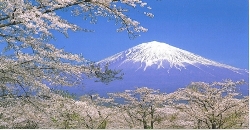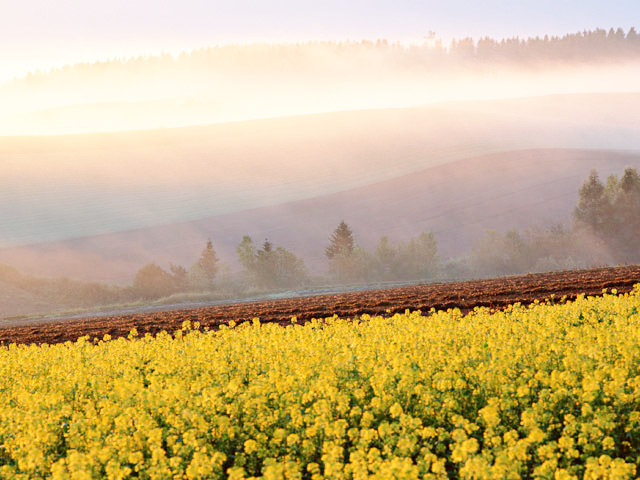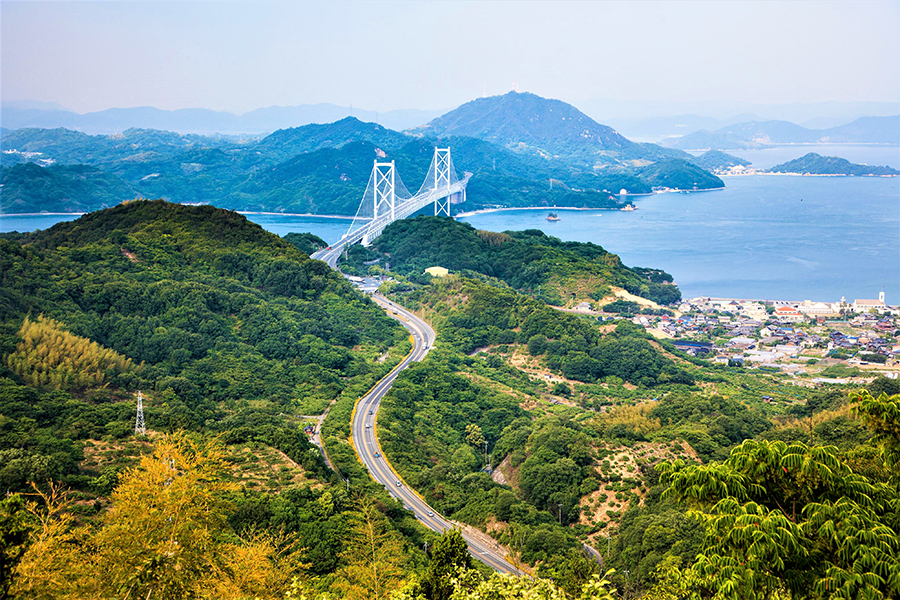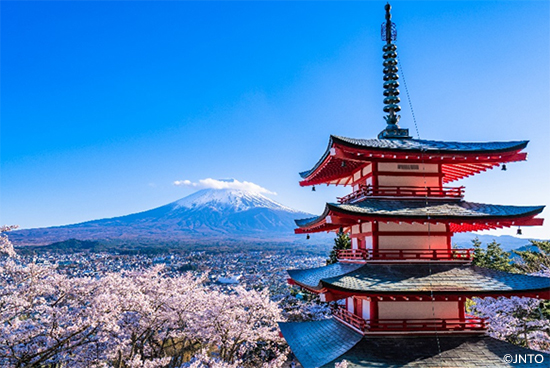If you walk the streets of Ginza, Harajuku or Shibuya, it's easy to imagine that all of Tokyo is like this, seething with an overwhelming flow of humanity as far as the eye can see. Frankly, I love the energy created by Tokyo's fast-paced life; there's so much to see and take in, who wouldn't be caught up in the race to do as much as possible every single minute of every single day? But when my hectic Tokyo schedule becomes too overwhelming (I'm a Kansas girl, after all!), I know I'll find respite in the hills of Yanaka smack dab in the middle of the city. Dotted with temples, boasting a few museums and sights, and known for its old-fashioned shopping street, Yanaka is mostly residential, with narrow lanes and gently sloping hills, making it seem like a country town. Avoid coming on a weekend, however. Although I used to find myself virtually alone here, both foreign and Japanese tourists have discovered the charms of this relaxing retreat. The best place to begin a tour of Yanaka is near Nippori Station on the Yamanote Line, where you'll find Tennoji Temple, founded more than 500 years ago and famous for its seated bronze Buddha dating from 1690. Yanaka, in fact, if famous for its many temples, many of which were relocated here during the Edo Period (1603-1867) in an effort to curb the raging fires that plagued the crowded capital and ignited thatched temple roofs like matches. Their former city lots were left empty to serve as firebreaks; their new location on the outskirts could provide added protection in case the city was ever attacked. Ironically, Tennoji suffered its worst damage in 1868, when shogun loyalists battled Imperial forces on nearby Ueno hill, reducing temple grounds to a tenth of its former size.

The bronze Buddha, created in 1690, at Tennoji Temple Nearby is Yanaka Cemetery, one of Tokyo's largest cemeteries with more than 7,000 tombstones. Many of them belong to former residents who were drawn by Yanaka's picturesque setting and cool breezes, including Soseki Natsume and Ogai Mori, both novelists of the Meiji Era. I find it fascinating that the cemetery also contains both a police box and a playground. Two nearby temples worth noting are Choanji Temple, with three stone stupas dating from the 1200s, and Kannonji Temple, dedicated to the 47 ronin (masterless samurai) who met here to plot their master's revenge back in the early 1700s and who are immortalized in a Kabuki play. But my favorite attraction in Yanaka is the Asakura Choso Museum, which unfortunately is closed for renovation until 2013. The former home and studio of sculptor Asakura Fumio, it was built in a playful of mix of modern and traditional architecture, including Japanese-style rooms wrapped around a courtyard pond and a rooftop garden.

A sculpture by Asakura Fumio at the Asakura Choso Museum Another highlight of Yanaka is the old-fashioned pedestrian shopping street nicknamed Yanaka Ginza. It's lined with shops selling clothing, household goods, toys, tea, vegetables, fish, and crafts. Among my favorites are Midori-ya, selling the intricate bamboo baskets of Suigetsu Buseki and counting the Imperial family and a U.S. ambassador among its customers, and the teashop Kane Kichien.

Yanaka Ginza Shopping Street

Suigetsu Buseki I also make a point of dropping by Daienji, which has the distinction of housing both a Buddhist temple and a Shinto shrine under one roof. For the past several years I've been greeted here by the same elderly gentleman, who volunteers information also on ukiyo-e master Harunobu (one of Edo's most famous artists) and Osen Kasamori, who worked in one of Yanaka's many tea houses and was singled out for one of Harunobu's portraits; both are remembered with stone monuments here.

Both a Buddhist temple and a Shinto shrine under one roof

At Daienji Farther along is the Daimyo Clock Museum, which displays clocks, sundials, pocket watches and other clocks, mostly from the Edo Period. Contrary to the Western practice of measuring a day based on 24 hours of equal length, Edo clocks were based on the length of time between sunrise and sunset, which of course varied greatly according to the season. Finally, I always end my stroll at Nezu Shrine, built in 1706 by the fifth Tokugawa shogun and sporting a magnificent gate of red lacquer and a riot of colors. I hardly ever find another soul here unless it's April, when the shrine's many azaleas burst into bloom and vendors set up shop selling food and crafts. From here, it's only a quick walk to Nezu Station, where the subway carries me back to the throbbing streets of Tokyo, refreshed and ready to embrace the city I love.

Nezu Shrine

Azaleas at Nezu Shrine



















































